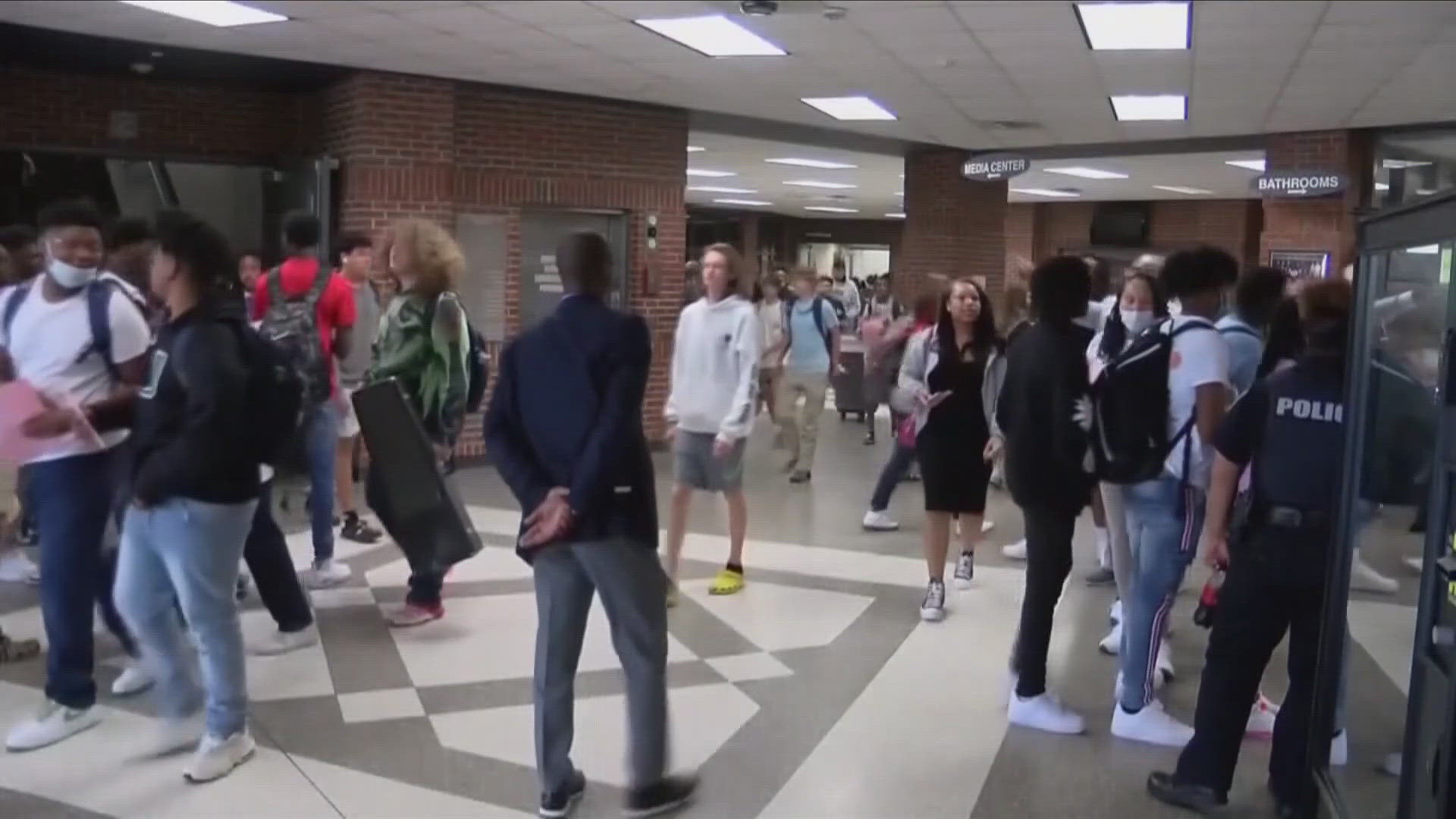SHELBY COUNTY, Tenn. — One of the many planks on President-elect Donald Trump’s 2024 platform is the elimination of the Department of Education, and this week, Tennessee Gov. Bill Lee came out in support of the plan.
While Trump almost certainly would not have the 60 votes in the Senate he would need to fully eliminate the department, there’s no doubt education during a second Trump term could look radically different.
The state of Tennessee typically receives over $1 billion a year in federal education funding. If that were to be threatened, school districts like MSCS would be the hardest hit.
“For MSCS, if they were to cut the money off. It would be absolutely horrendous because with Title I, your low-income students would end free and reduced lunch. Kids would go back to not having food to eat. It takes a lot more money to educate low-income children,” said JC Bowman, Executive Director of the Professional Educators of Tennessee, a teacher’s association.
Even if the D.O.E. is left intact, changes are likely. The Trump Administration is unlikely to continue Biden-era policies around LGBTQ+ and gender protections, as well as DEI initiatives.
“I think it's really critical that we get the Title I supports in place, and make sure they're there. If they were to roll those back, we would roll education back in 50 years. And I think it would be very punitive to them,” Bowman said.
“What I think is that this is an opportunity for churches, private organizations, fraternities and sororities in the black community and teaching whatever it is we wanted to teach,” said Rev. Kenneth Whalum, a former Memphis City Schools board member.
Whalum is taking a more optimistic approach to the changes.
“I look at it as an opportunity for those of us who are responsible for our children's education to make sure they are educated properly, he said. “You cannot argue that they’re getting a quality education now.”
President-elect Trump has long railed against student loan forgiveness as well. His ascension back into the White House would potentially narrow the scope of loans available for students to reach higher education in the first place.

